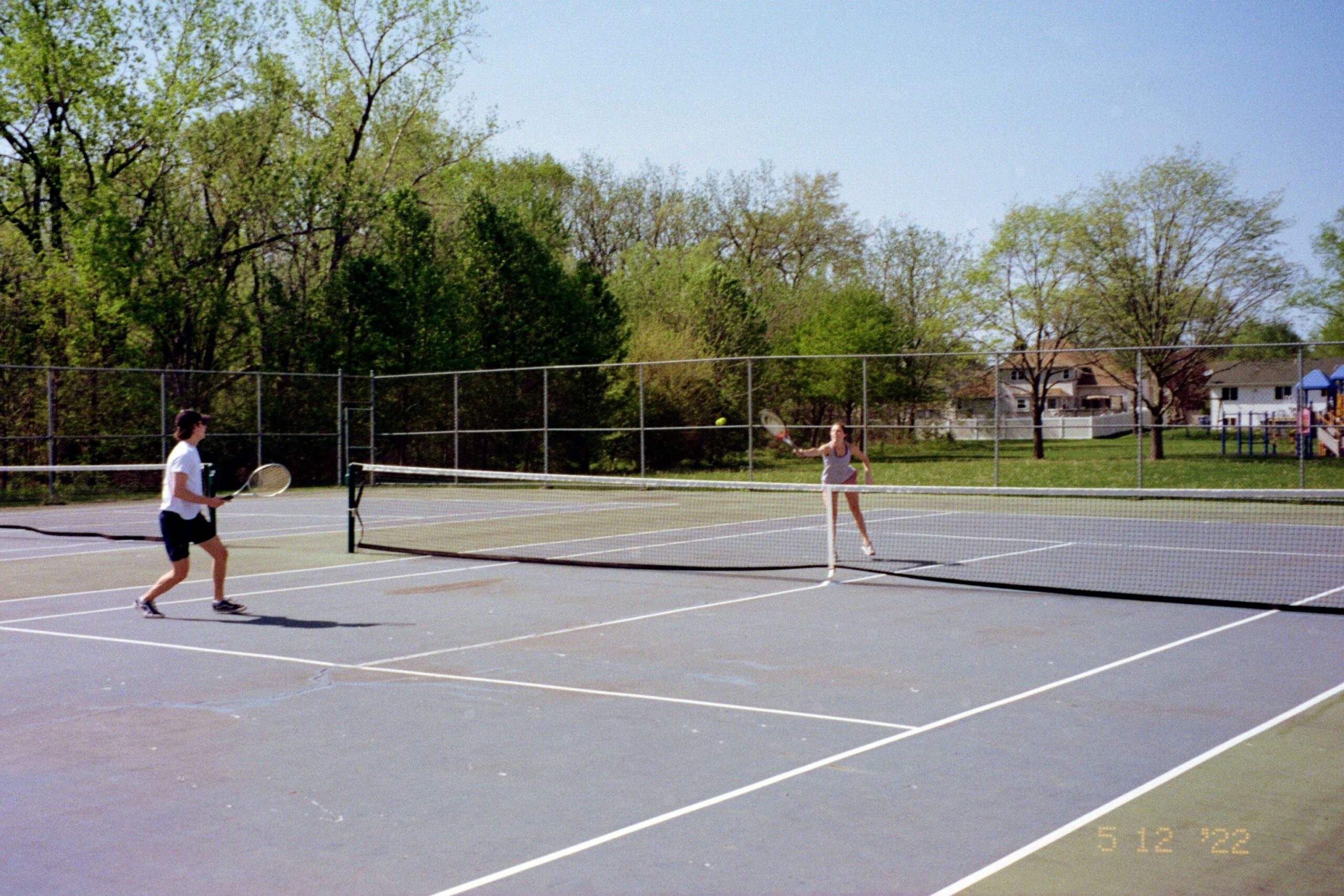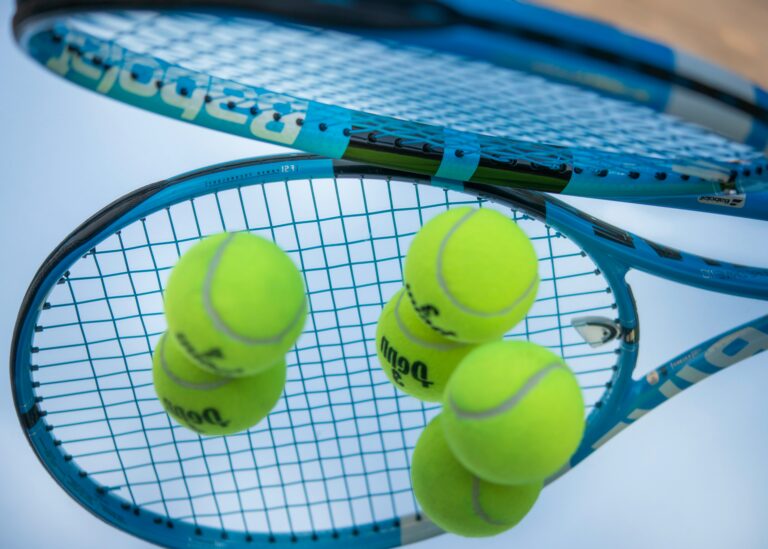How to Count in Tennis
I play tennis since I am five years old and am a certified coach, and I got to hear the question of how to count in tennis. The counting method seems very special compared to other sports. I will bring light into the darkness and explain the main counting rules.
“Game. Set. Win”
In general, a tennis match is won when you win two out of three sets. A set is won by whoever gets six games first. However, you must win the set by two games difference which is why you play a set up to seven games if the score is 5-5. If the score is 6-6 you do not play up to eight, but you play out whoever wins 7 points first with a two-point difference called a tiebreak. The winner of this tiebreak wins the set 7-6.
How to win a game
The way of counting a game is different to other sports and the confusing part for people who are new to this sport. One player always serves an entire game while the opponent always returns the entire game. After each game, serve and return are being switched. The score will always be called by saying the server’s points in the game and then the points of the returner. You always start a game at 0-0 . Then, whoever wins the first point gets 15 points in the score. If you win two points within a game you have 30 scoring points, and if you win a third point you have 40 scoring points. By winning the fourth point, the player wins a game. However there is an exception.
The deuce
The player always needs to win with a two-point difference. Thus there is another rule if the score is 40-40. The score being 40-40 is called a deuce. The player who wins the point after the deuce has an advantage. If this player loses the point after receiving the advantage the score goes back to the deuce. The player who has an advantage and wins the point after that in a row wins the game. If the serving player earned the advantage it is called “ad-in” and if the receiving player earned the advantage it is called “ad-out”.
The super tiebreak
In some matches, if both players win one set each, instead of playing a third set super tiebreak (also: champions tiebreak) will be played. Whoever wins 10 points first with a two-point difference, wins the super tiebreak. If the score is 9-9 the tiebreak goes to 11 and so on. Before the tournament or the match, the referee defines if a super tiebreak or third set will be played.
There are exceptions that change some of the prior listed counting rules.
Counting exceptions in tennis
Learning how to Count in Tennis is not easy. As I said earlier, the winner is always who wins two sets first. However, in professional tennis there is one exception. In grand slam matches, men need to win three sets, women still need to win only two sets. The four tournaments that belong to the “Grand Slam” are the Australian Open, French Open, US Open, and Wimbledon.
Another counting exception might be that at the deuce, there is the “no-add rule” which means that a decisive point will be played. The returner is allowed to chomose from which side this point will be served. The “no-add rule” comes into place at e.g., college tennis games, or when the referee announces this rule before the match.
Besides the counting rule, there also other aspects that need to be known before playing a tennis match.
When to change sides in tennis
Now that you know how to count in tennis, I will explain when you must change sides. The general rule is that if all played games together within a set add up to an uneven number, sides are changed. Thus, after the first game, the third game, the fifth game etc. the players switch sides. When starting a new set, sides will only be changed if the games of the prior set add up to an uneven number, too. If a tiebreak or super tiebreak is played, the players also switch side. This happens every time the total points played within this tiebreak add up to a number dividable by six. So, in a tiebreak the players switch sides if the score is e.g., 3-3, 4-2, 6-6, 8-4, 9-9, and so on. On which side each player starts playing will be decided at the beginning with the coin toss.




